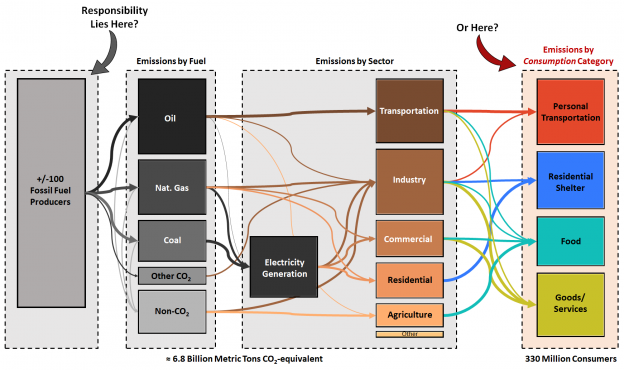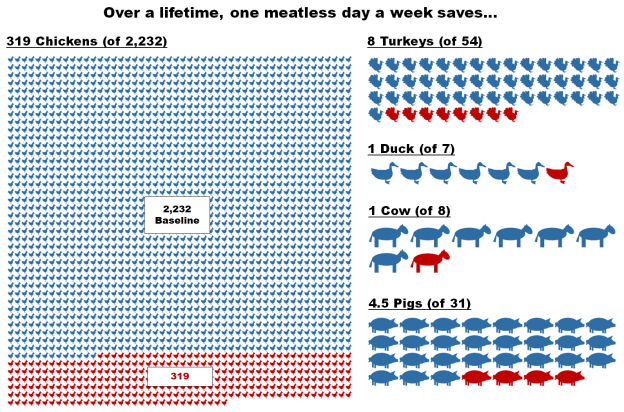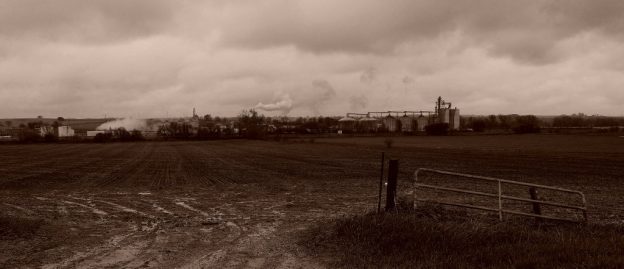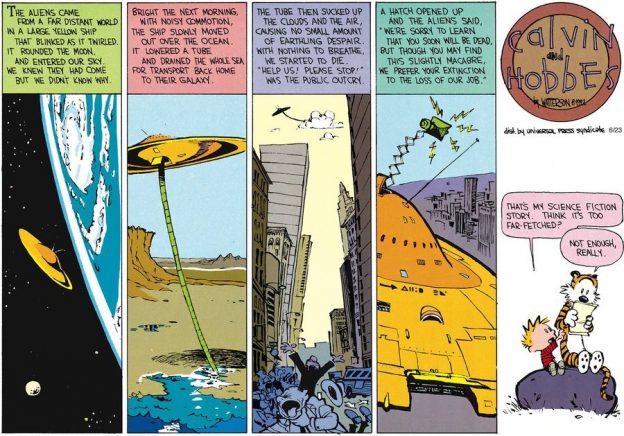Whether 100 or 100,000, it’s consuming the fossil fuels extracted by these companies that ultimately drives climate change
The Takeaways
- The famous 71% figure comes from tracing fossil fuels to the companies that extracted the raw fuel, ignoring all the downstream companies, governments, and individuals that actually use these fuels
- Viewed from the perspective of fossil fuel consumption, global warming emissions are generated by myriad actors, with households the final common driver of the overwhelming majority of climate altering emissions
- Transitioning away from fossil fuels requires a revolution in how economies and households use energy, and it is largely irrelevant that 100 companies extract the majority of fossil fuels
- The 100 companies/71% figure is mainly used to discourage meaningful change, and thus acts as a kind of zombie statistic: Relatively small changes in household consumption across the US populace could dramatically reduce warming emissions
(see also medium.com version)
A Zombie Statistic
A mere 100 hundred companies have generated 71% of warming emissions (based on [1]), so the refrain goes, and so changing your own habits and thinking this a meaningful response to climate change is either delusion, virtue signaling, the result of corporate propaganda, or some combination thereof. This has become the “zombie statistic” of popular climate discourse, cited almost exclusively by those that do genuinely care about the ongoing climate catastrophe, and yet ironically employed toward the utterly counterproductive ends of paralysis and inaction. While not untrue (and indeed an important element of a full understanding of climate change), the zombie nature of this factoid arises from the nihilistic implications that are typically assumed.



